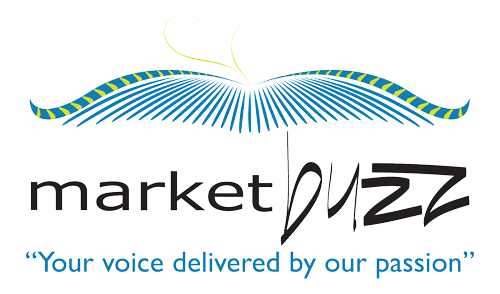It is common knowledge in companies that value their public image and brand reputation that public relations (PR) is an essential part of a business’ overall marketing strategy. An effective PR campaign can help businesses reach their target audience, establish their brand reputation, and increase overall awareness. However, this is only possible with the right resources in place. Let us explore the essential resources a company needs to have in order to execute a good PR campaign.
Clear Goals and Objectives
A successful PR campaign requires clear goals and objectives. A company should identify what they hope to achieve, whether it is increasing brand awareness, generating leads, or enhancing the company’s reputation. The goals should be specific, measurable, achievable, relevant, and time-bound. With clear objectives, a PR team can plan and execute a strategy that aligns with the company’s overall business objectives and measure the success of the campaign accurately.
Strong Brand Messaging
A company’s brand messaging is an essential component of any PR campaign. The messaging should clearly communicate the company’s values, vision, and mission. It should also be unique, consistent, and memorable. A strong brand message helps a company stand out in a crowded market, and it is easier for a PR team to create content that resonates with the target audience when there is a clear brand message.
Target Audience Analysis
Analysing your target audience is a critical component of any PR campaign. This identifies the company’s main customers, including their demographics, interests, behaviours, and preferences. A PR team should use this information to craft content that resonates with the target audience and identify the right channels to reach them.
Content Creation and Distribution Strategy
Content creation is fundamental to any PR campaign. Compelling and relevant content resonates well, and helps align the company’s overall messaging and objectives to a customer’s needs. A PR team should develop a content calendar and create a variety of content formats, such as press releases, blog posts, social media content, and video content. Additionally, a company should also have a distribution strategy in place, including identifying the right channels to reach the target audience and how often to publish content.
Media Relations
Media relations are probably the most important part of any campaign plan. It is also the bread and butter of a good PR professional. They identify and build relationships with journalists, reporters, and influencers who cover topics relevant to their industry and audience. These relationships can help a company secure media coverage in the right places, particularly when it comes to press and news publications, considering they are more diligent and focused on quality.
All of the above form the foundational elements necessary for a strong PR presence for any good company, especially in a hyper-fast market like the UAE and GCC where news is created in minutes and forgotten in seconds. The difference between good and great PR is dependent on how much you decide to prioritize your public relations image.
Skilled PR or Communications Team / Staff
The foundation of any successful PR campaign is a skilled and experienced PR or communications department. The size of the same varies, with some companies needing just one person while a large corporation may need at least a dozen. These individuals have a deep understanding of the company’s goals, values, and messaging, and know global and local communications standards and processes. They should be able to craft compelling stories that resonate with the target audience and have excellent communication skills to connect with media outlets and journalists. Additionally, the team should be proactive and reactive to any negative publicity, and have the skills to manage crisis situations. Having a dedicated team allows for focused efforts and ensures that the company’s PR campaign is executed seamlessly.
Budget
Effective PR campaigns require significant investments of both time and money. A well-designed PR campaign involves research, planning, content creation, and media outreach, all of which require resources. A company needs to have a budget specifically for PR activities, including hiring a PR team (in-house) or external agency, conducting market research, creating content, and conducting outreach activities. The budget should be realistic and take into account the costs of different PR strategies, such as events, sponsorships, media relations, and social media advertising.


